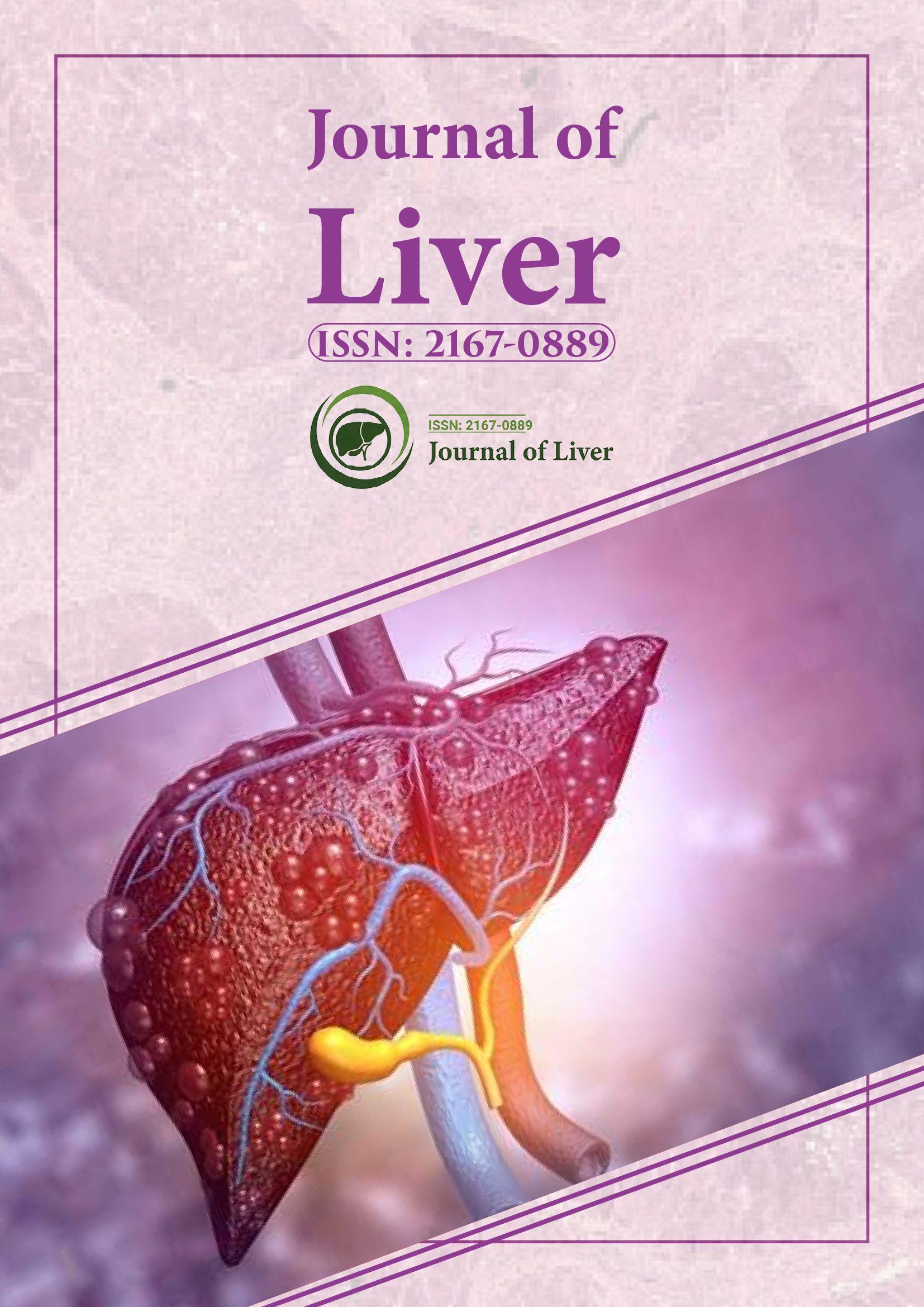Indexed In
- Open J Gate
- Genamics JournalSeek
- Academic Keys
- RefSeek
- Hamdard University
- EBSCO A-Z
- OCLC- WorldCat
- Publons
- Geneva Foundation for Medical Education and Research
- Google Scholar
Useful Links
Share This Page
Journal Flyer

Open Access Journals
- Agri and Aquaculture
- Biochemistry
- Bioinformatics & Systems Biology
- Business & Management
- Chemistry
- Clinical Sciences
- Engineering
- Food & Nutrition
- General Science
- Genetics & Molecular Biology
- Immunology & Microbiology
- Medical Sciences
- Neuroscience & Psychology
- Nursing & Health Care
- Pharmaceutical Sciences
Perspective - (2025) Volume 14, Issue 1
Renal and Hemodynamic Effects of Albumin in Liver Transplants
Gianni Morone*Received: 25-Feb-2025, Manuscript No. JLR-25-29102; Editor assigned: 27-Feb-2025, Pre QC No. JLR-25-29102 (PQ); Reviewed: 13-Mar-2025, QC No. JLR-25-29102; Revised: 20-Mar-2025, Manuscript No. JLR-25-29102 (R); Published: 27-Mar-2025, DOI: 10.35248/2167-0889.25.14.242
Description
Liver transplantation has evolved into a well-established therapeutic procedure for a range of hepatic conditions including cirrhosis, acute liver failure, hepatocellular carcinoma and genetic liver diseases. Despite advancements in surgical techniques and perioperative management, patients remain at risk for complications such as Acute Kidney Injury (AKI), hemodynamic derangements and coagulopathies. Given these risks, the perioperative administration of albumin is common practice. Albumin plays a role not only in maintaining oncotic pressure but also in modulating inflammation, binding endogenous and exogenous substances and supporting vascular integrity.
The use of albumin in liver transplantation, though routine in many centers, remains controversial in terms of efficacy, cost-effectiveness and clinical benefit. This systematic review compiles and evaluates recent evidence on the impact of albumin administration during the perioperative period, aiming to provide clarity on its use in adult liver transplant recipients.
Hemodynamic stability
Albumin’s primary justification in the intraoperative setting is its volume-expanding property, particularly useful in patients with vasodilation and hypoalbuminemia. Several studies compared albumin to crystalloids and synthetic colloids, finding that albumin better maintained Mean Arterial Pressure (MAP) and reduced the need for vasopressor support.
For example, a multicenter randomized trial involving 240 patients demonstrated that intraoperative albumin infusion resulted in improved intraoperative MAP with fewer hypotensive episodes compared to hydroxyethyl starch. Additionally, patients receiving albumin had lower total fluid volumes administered, suggesting a more efficient plasma expansion effect.
Fluid balance and tissue edema
Positive fluid balance and resultant edema are associated with poor surgical outcomes, including delayed graft function and impaired wound healing. Albumin’s ability to maintain oncotic pressure and limit interstitial fluid accumulation has been explored in multiple studies.
A retrospective analysis of 1,100 transplant patients revealed that albumin-based resuscitation was associated with reduced total intraoperative fluid requirement and less post-operative weight gain. Similarly, MRI and ultrasound studies showed reduced ascitic fluid accumulation in patients receiving albumin.
Nevertheless, not all studies reported favorable outcomes. Some demonstrated no difference in pulmonary edema rates or time to extubation, suggesting that the benefits may depend on individualized assessment and fluid responsiveness.
Postoperative outcomes and mortality
When assessing hard endpoints such as length of ICU stay, infection rates and mortality, the evidence remains inconsistent. A meta-analysis of six RCTs indicated that albumin administration had a neutral effect on 30-day mortality and ICU length of stay. Infection rates were also similar between albumin and non-albumin groups.
However, certain subgroups—particularly patients with pre-existing hypoalbuminemia—may derive more benefit. Studies consistently reported that low preoperative serum albumin levels correlated with higher complication rates and supplementation during the perioperative period improved outcome markers such as lactate clearance and liver function tests.
Economic considerations
Albumin is significantly more expensive than crystalloids and synthetic colloids. As such, cost-effectiveness becomes a critical issue. One health economics study concluded that while albumin may offer clinical advantages in selected populations, its routine use across all transplant recipients may not be justifiable without evidence of improved survival or reduction in ICU resources.
The evidence presented in this review underscores the complexity of albumin use in liver transplantation. While several studies support its role in maintaining hemodynamic stability and potentially reducing AKI, others question its impact on broader outcomes such as survival and hospital stay.
Albumin continues to be widely used in the perioperative management of adult patients undergoing liver transplantation. While it may offer advantages in terms of circulatory support and fluid management, its effects on renal protection and long-term outcomes remain less clear. The available evidence supports selective rather than routine use, emphasizing the need for individualized protocols based on patient risk profiles and intraoperative findings.
Citation: Morone G (2025). Renal and Hemodynamic Effects of Albumin in Liver Transplants. J Liver. 14:242.
Copyright: © 2025 Morone G. This is an open-access article distributed under the terms of the Creative Commons Attribution License, which permits unrestricted use, distribution, and reproduction in any medium, provided the original author and source are credited.
